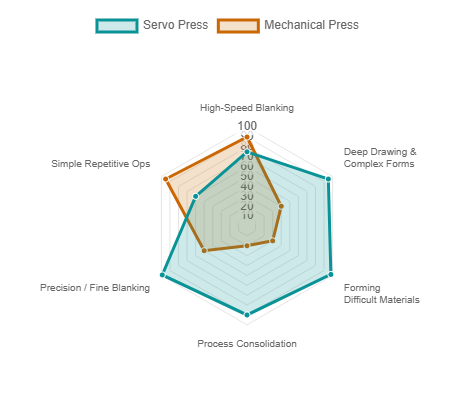Risk assessment for machinery and ISO 12100
- Emrah Demirezen

- Nov 9, 2024
- 2 min read
So, today we're talking about ISO 12100, which is all about the safety of machinery. It covers the general principles for design, focusing on risk assessment and risk reduction.
ISO 12100 is a standard that defines the fundamental terminology and lead us to design a more reliable and safe machine by showing a structured methodology for risk assessment and risk reduction. All this knowledge comes from design experience, past accidents, risks associated with machinery, etc. To prepare a proper risk assessment other related standards, statistics, information about machine should be benefited.
For the preparation of a proper risk assesment "ISO 14121-2 Practical guidance and examples of methods" can be a hands-on source. From the otherside "IEC 60204-1:2005, Safety of machinery — Electrical equipment of machines — Part 1: General requirements" is normative standard for the application of ISO 12100.
Strategy for risk assessment and risk reduction that the standard lead us to 5 important steps ;
Determination of the limits of the machinery
Identification of the hazards and associated hazardous situations
Estimation of the risk for each identified hazard and hazardous situation
Evaluation of the risk and take decisions about the need for risk reduction
Elimination of the hazard or reduce the risk associated with the hazard by means of protective measures.
Determination of the limits of the machinery

Hazard identification
Hazard identification is the essential step in any risk assessment of the machinery for reasonably foreseen hazards, hazardous situations and/or hazardous events containing complete life time of the machine. To be able to eleminate the risks we must carefully identify hazards.
Human interaction during the whole life cycle of the machine
Transport, assembly and installation phases
All modes, functions, preparation, emergency stop, cleaning and maintenance of the machine
Possible states of the machine
While the machine works without any problem
When the machine malfunction
Wrong workpiece
External effect
Design errors
Failed part
Etc..
Unintended behaviour of the operator or reasonably foreseen misuse of the machine
Loss of control of the machine by the operatör
Carelessness
Reflex of the operator in case of a failure or incident
Etc.
Risk estimation
After hazard identification elements of risks have to be determined as taken into the account each hazardous situations. During this process, there are aspects to be considered during risk estimation.
Elements of risk
Risk is a function of the severity of the harm and probability of occurrence of that harm.

Aspects to be considered during risk estimation

At the conclusion of the risk estimation phase, it is imperative to carry out risk evaluation and risk reduction phases. ISO 12100 "Safety of machinery — General principles for design — Risk assessment and risk reduction" gives the fundamental methodology for the risk assessment to assist designers. Upcoming articles will be about ISO 14121-2 Practical guidance and examples of methods, IEC 60204-1:2005, Safety of machinery — Electrical equipment of machines — Part 1: General requirements and ISO 13849-2:2012 Safety of machinery — Safety-related parts of control systems to prepare a well-structured risk assessment.
To be informed about the online course and training of related topics don't forget to subscribe and dont hasisate to contact me.
Contact us for consultancy
Emrah Demirezen
Metal Forming Expert & Press Designer



Comments